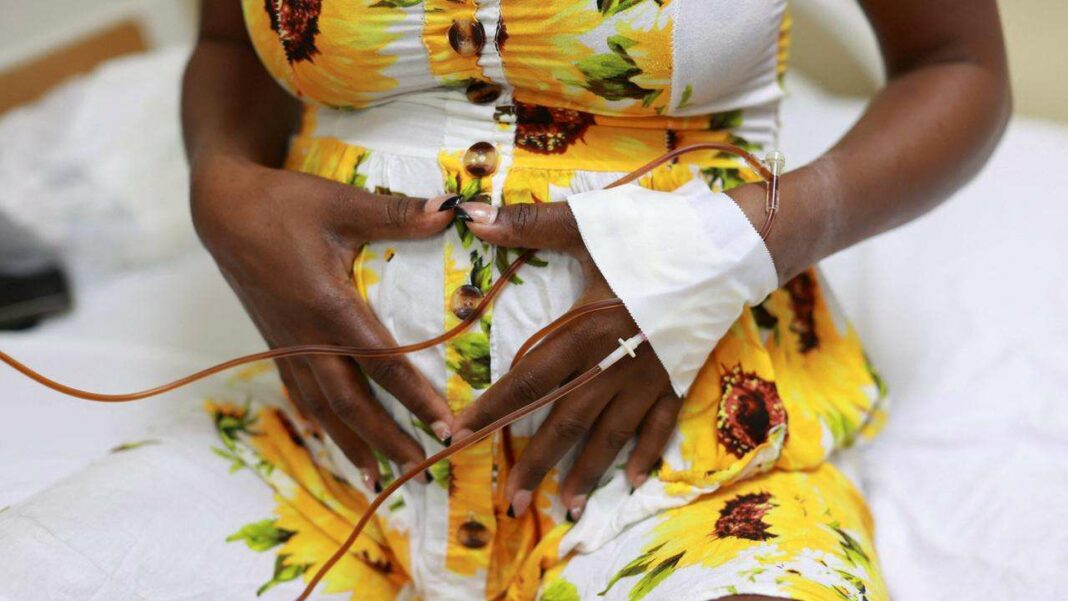Concerns about high maternal mortality rates persist despite advancements, with approximately 260,000 women dying from childbirth complications in 2023. Funding cuts, particularly from the U.S., threaten progress, leading to reduced healthcare services and facility closures. Regions like Nigeria face alarming rates, contributing to nearly half of global maternal deaths, while conflicts exacerbate risks for pregnant women. The WHO aims to lower maternal mortality to below 70 deaths per 100,000 live births by 2030 but faces significant challenges.
Continued Concerns Over Maternal Mortality Rates
Despite significant advancements made over the past two decades, the World Health Organization (WHO) remains alarmed by the persistently high maternal mortality rates globally. The reduction in international aid, particularly from the United States, poses a serious threat to the progress achieved thus far.
In 2023, approximately 260,000 women tragically lost their lives due to complications occurring before, during, or shortly after childbirth. Alarmingly, this equates to one woman dying every two minutes from pregnancy-related issues. The lack of access to skilled medical care in critical situations such as severe bleeding, blood pressure fluctuations, and infections contributes to these unacceptable statistics. “Most of these deaths could be prevented,” the WHO emphasized on this year’s World Health Day.
Impact of Aid Cuts on Maternal Health
The announcement of funding cuts by the United States, particularly during President Trump’s administration, has hit the WHO hard. The organization warns that reduced international aid jeopardizes the ongoing fight against maternal mortality. WHO Director-General Tedros Adhanom Ghebreyesus stressed the importance of continued investment in maternal health to ensure the safety of women during childbirth.
In January, President Trump initiated a 90-day review of all U.S. aid programs abroad and dismantled humanitarian initiatives from the USAID agency. This trend is not isolated, as other nations have also reduced their contributions to global humanitarian efforts. As a result, countries are compelled to scale back essential health services for mothers and children. Tedros highlighted that these funding cuts have led to facility closures, a decrease in healthcare personnel, and disruptions in the supply chains for critical medications and aid.
Areas afflicted by long-standing conflicts, such as Sudan, are particularly hard-hit, exacerbating the risks for vulnerable populations.
The Dire Situation in Low-Income Countries
The WHO reports that the risk of maternal mortality remains alarmingly high in certain regions, especially in Africa and other economically disadvantaged countries. Nigeria stands out as the most concerning area, with an estimated 75,000 maternal deaths occurring in 2023 alone. Other nations like India, the Democratic Republic of the Congo, and Pakistan also reported high mortality rates, collectively accounting for nearly half of all global maternal deaths. In stark contrast, Europe recorded only 450 maternal deaths this year, showcasing a significant disparity.
Armed conflicts further complicate the situation, as the lack of adequate medical care poses heightened dangers for pregnant women and new mothers, according to the WHO’s report for World Health Day.
While the overall trend shows improvements since 2000, when maternal deaths were estimated at 443,000 worldwide, a troubling regional trend is emerging. In the United States, a once-low maternal mortality rate is rising, echoing findings from national health authorities. Only modest progress has been noted in Latin America in recent years.
Given the current trajectory, the WHO’s objective to reduce maternal mortality to below 70 deaths per 100,000 live births by 2030 is at significant risk. The organization advocates for enhanced education regarding health risks for women, improved access to healthcare, and investment in skilled medical professionals.
World Health Day, celebrated on April 7, marks the inception of the WHO in 1948 and this year emphasizes the health and safety of mothers and newborns.
